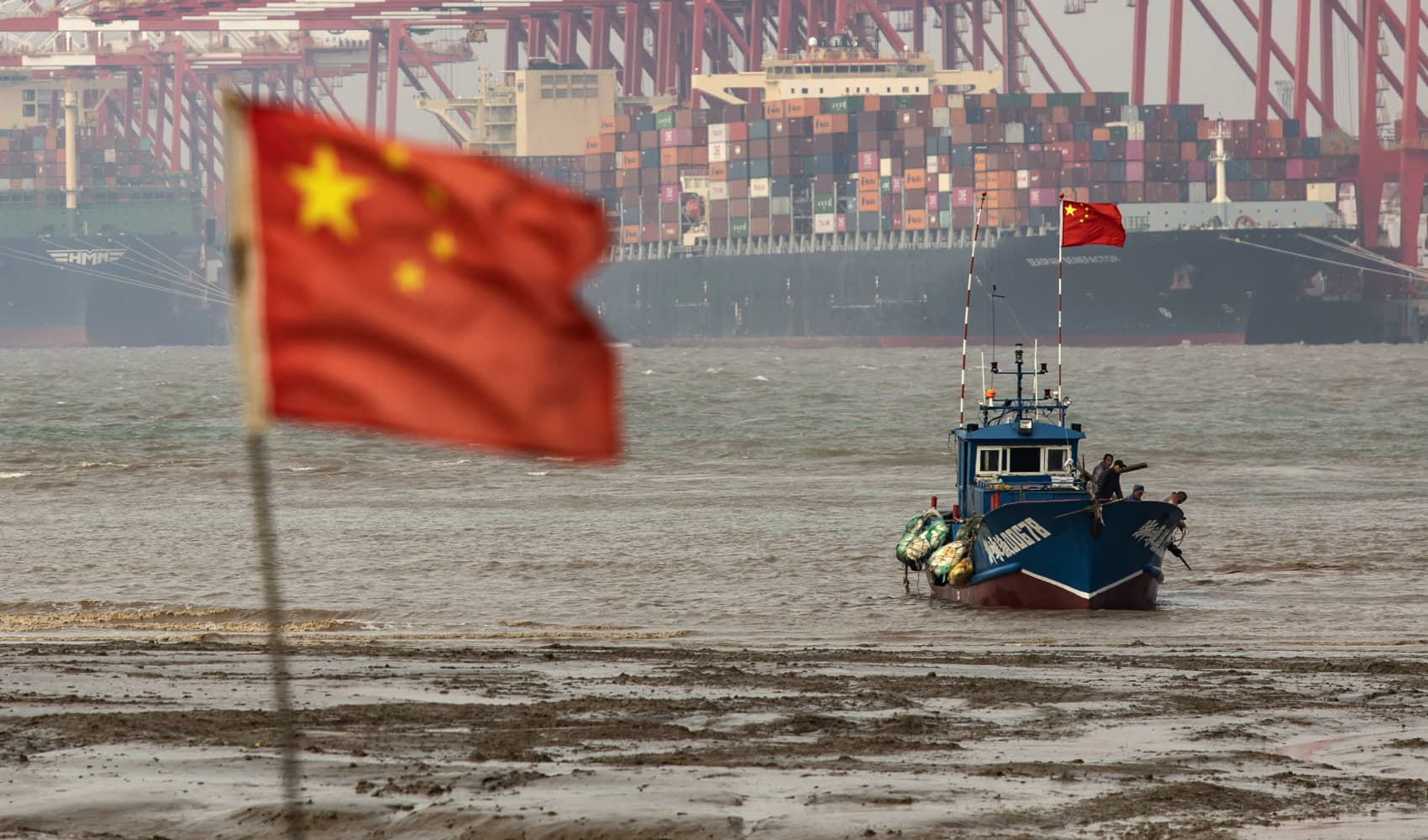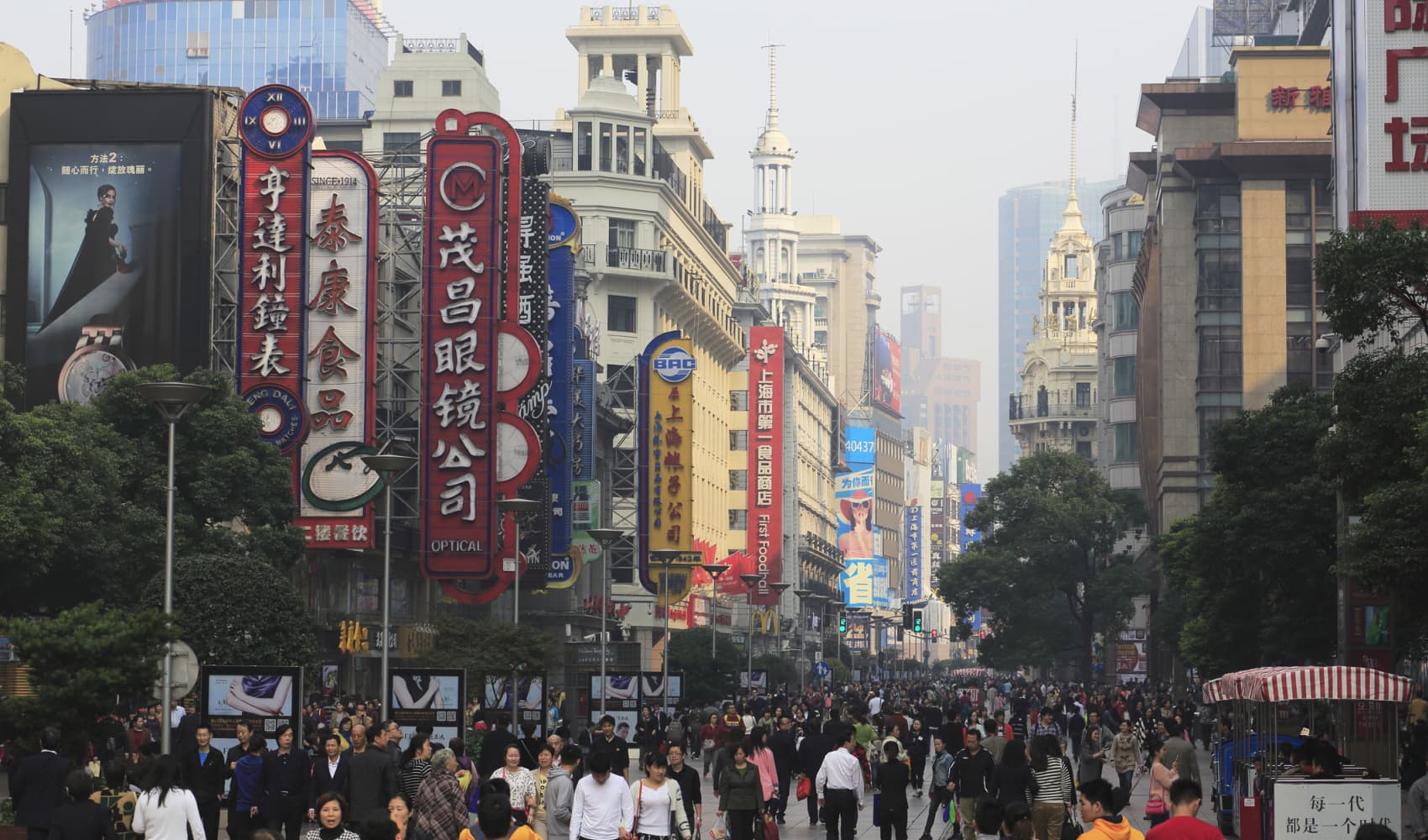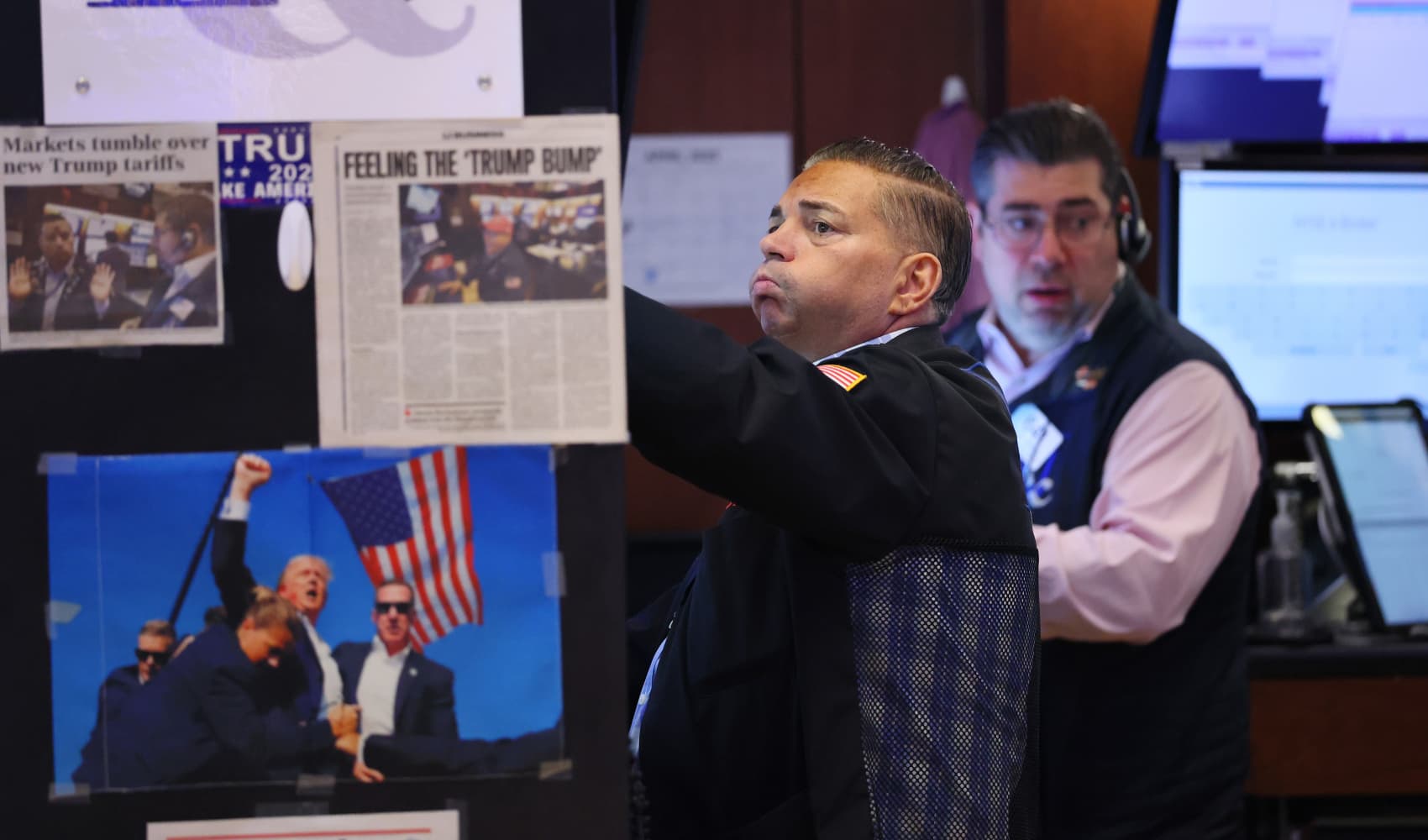Asia-Pacific Markets Mixed: Data, Rates & Investment Insights
Asia-Pacific Markets: Navigating the Data Deluge & Investment Tides
Decoding the Day's Trading: A Mixed Bag Across Asia-Pacific
Asia-Pacific markets presented a mixed picture on Wednesday, leaving investors scratching their heads and poring over the latest economic data. It was a day of gains in some corners of the region, tempered by anxieties in others. Think of it like a global chess game, with each country making its moves based on economic cues.
Japan's Nikkei Shines: Riding a Wave of Optimism?
Nikkei 225 Ascends
Japan's Nikkei 225 led the charge, rising 0.57% to close at 36,045.38. This bullish performance suggests underlying confidence in the Japanese economy. But what's fueling this upward trend? Is it corporate earnings, government policies, or a combination of factors?
Topix Follows Suit
The Topix index mirrored the Nikkei's performance, adding 0.63% to close at 2,667.29. A rising tide lifts all boats, or so they say. Are Japanese companies generally performing well, or are specific sectors driving this growth? These are the questions investors are asking.
South Korea's Kospi Stumbles: A Temporary Setback?
Kospi Takes a Dip
South Korea's Kospi, however, wasn't feeling the same cheer. It slipped 0.34% to close at 2,556.61. Is this a cause for concern, or just a minor correction in an otherwise healthy market? Market volatility is a constant, and short-term dips are often part of the game.
Kosdaq Feels the Pressure
The Kosdaq experienced a more significant decline, losing 1.27% to close at 717.24. Smaller companies and tech stocks often experience greater volatility. Could this decline be linked to specific industry concerns or broader market sentiment?
Down Under Delivers: Australia's Strong Performance
ASX 200 Surges Ahead
Australia's S&P/ASX 200 bucked the trend, adding a robust 0.69% to close at 8,126.2. This positive performance suggests resilience in the Australian economy. Perhaps the resource-rich nation is benefiting from global demand or domestic policy initiatives.
Hong Kong Holds Steady: Navigating Uncertainties
Hang Seng Index Climbs
Hong Kong's Hang Seng Index managed a gain of 0.51%, closing at 22,119.41. Given the recent economic headwinds, this positive movement could indicate increasing investor confidence. It's like a tightrope walk – cautiously optimistic.
China's Contraction: A Warning Sign?
CSI 300 Slips Amid Manufacturing Concerns
China's CSI 300, however, painted a less rosy picture, slipping 0.12% to 3,770.57. The culprit? Manufacturing activity fell more-than-expected into contractionary territory in April. This is a significant indicator, suggesting potential slowdown in the world's second-largest economy. Think of it as the canary in the coal mine – a warning sign that needs careful monitoring.
Central Bank Watch: Japan's Policy Meeting in Focus
Bank of Japan on Hold?
The Bank of Japan (BOJ) began its policy meeting on Wednesday. The consensus expectation is that the BOJ will hold rates steady at 0.5% when the meeting concludes on Thursday. Any deviation from this expectation could send ripples through the markets. Will they stick to the script, or will they surprise us?
Data Deluge: Parsing the Details That Matter
Australia's First-Quarter Data Under Scrutiny
Investors are meticulously analyzing a torrent of economic data from across the region. Australia's first-quarter data is particularly under the microscope. What key indicators are investors watching, and how might they influence market sentiment?
The Global Interplay: Connecting the Dots
How Global Events Impact Asia-Pacific Markets
Asia-Pacific markets don't exist in a vacuum. They're intricately connected to the global economy. Geopolitical events, trade tensions, and shifts in commodity prices all play a role. It's like a complex web, where every strand is interconnected.
Inflation Fears: A Persistent Concern
Inflation's Influence on Investor Decisions
Inflation remains a major concern for investors worldwide. Will central banks be able to tame rising prices without triggering a recession? This question looms large, influencing investment decisions across the globe. Keeping a close eye on inflation data is paramount.
Technology Sector: Riding the Innovation Wave
Tech Stocks: Opportunities and Risks
The technology sector continues to be a focal point for investors. While it offers immense growth potential, it also carries significant risks. From artificial intelligence to electric vehicles, technological innovation is shaping the future of the global economy.
Geopolitical Risks: Navigating Uncertain Waters
Geopolitics' Impact on Market Volatility
Geopolitical tensions can significantly impact market volatility. From trade disputes to political instability, these factors can create uncertainty and affect investor sentiment. Staying informed about geopolitical developments is crucial for navigating the markets.
Currency Fluctuations: A Hidden Influence
The Role of Currency Movements
Currency fluctuations can have a significant impact on international trade and investment. A stronger or weaker currency can affect a country's exports, imports, and overall economic competitiveness. Monitoring currency movements is therefore important to understand market dynamics.
Commodity Prices: A Key Indicator
Commodities' Role in Asia-Pacific Markets
Commodity prices play a crucial role in many Asia-Pacific economies, particularly those that are heavily reliant on resource exports. Changes in commodity prices can affect a country's trade balance, economic growth, and currency value.
Investment Strategies: Adapting to Change
Strategies for Navigating the Market
In today's dynamic market environment, investors need to be adaptable and flexible. Diversification, risk management, and a long-term perspective are essential elements of a successful investment strategy. It is important to stay informed about changing market conditions and adjust your portfolio accordingly.
Conclusion: Key Takeaways from Today's Trading
The Asia-Pacific markets presented a mixed picture today, reflecting a complex interplay of economic data, central bank policies, and global events. Japan's Nikkei showed strength, while South Korea faced headwinds. Australia continued its upward trajectory, and Hong Kong remained cautiously optimistic. China's manufacturing contraction raised concerns, highlighting the need for careful monitoring of economic indicators. As always, staying informed and adaptable is crucial for navigating the investment landscape.
Frequently Asked Questions
- Why did the Nikkei 225 perform so well today?
The Nikkei's strong performance may be attributed to a combination of factors, including positive corporate earnings reports, government policies aimed at stimulating economic growth, and an overall optimistic market sentiment regarding the Japanese economy. Further analysis is needed to pinpoint the exact drivers.
- What does the contraction in China's manufacturing activity mean for the global economy?
A contraction in China's manufacturing activity can signal a potential slowdown in the global economy, given China's position as a major manufacturing hub. It could lead to reduced demand for raw materials, decreased trade flows, and potential disruptions to global supply chains. However, it's important to monitor future data to determine the extent and duration of this contraction.
- How will the Bank of Japan's policy decision impact the region?
The Bank of Japan's monetary policy decisions can have a significant impact on the region. If the BOJ maintains its ultra-loose monetary policy, it could put downward pressure on the yen and boost Japanese exports. Conversely, if the BOJ starts to tighten its policy, it could strengthen the yen and potentially dampen economic growth in Japan and the region.
- What are the biggest risks facing Asia-Pacific markets in the near future?
Several risks loom over Asia-Pacific markets, including rising inflation, geopolitical tensions, potential economic slowdowns in major economies, and the ongoing impact of the COVID-19 pandemic. Investors should carefully assess these risks and adjust their portfolios accordingly.
- How can individual investors navigate the volatility in Asia-Pacific markets?
Individual investors can navigate market volatility by diversifying their portfolios, investing for the long term, and staying informed about market developments. It's also crucial to have a clear investment strategy and to avoid making impulsive decisions based on short-term market fluctuations. Consulting with a financial advisor can provide personalized guidance.






